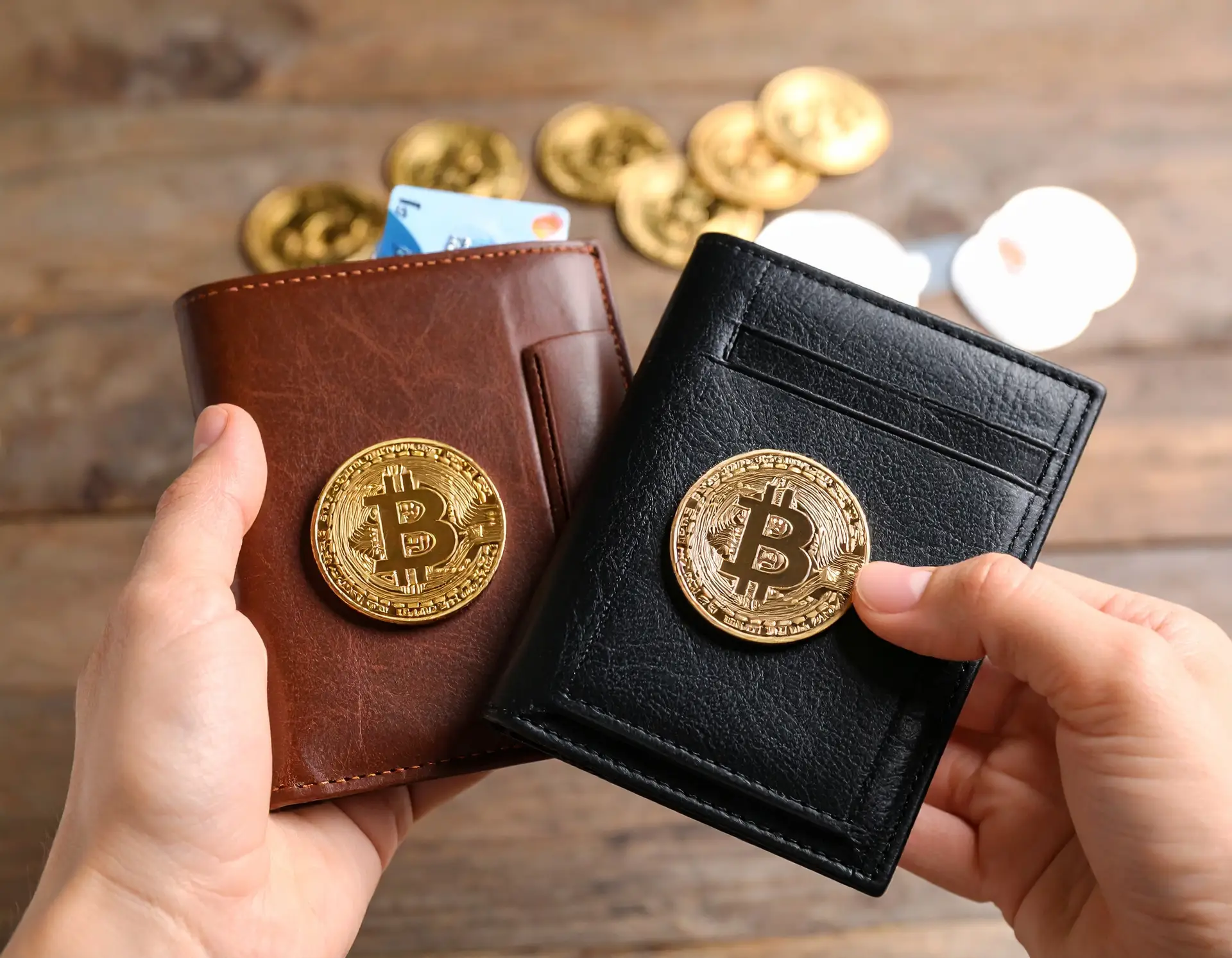Cryptocurrency has emerged as one of the most innovative financial technologies of the 21st century, enabling users to transact digitally using decentralized networks. However, to effectively engage with cryptocurrencies, users must understand the mechanisms that store and secure their digital assets. This article delves into cryptocurrency wallets, specifically focusing on the differences between hot and cold wallets, their functionalities, advantages, disadvantages, and the best practices for securing your cryptocurrencies.
Table of Contents
- Hot vs. Cold Wallets: A Comparative Analysis
- How to Choose the Right Wallet
- Best Practices for Securing Your Cryptocurrency
- Conclusion
What is a Cryptocurrency Wallet?
A cryptocurrency wallet is a digital tool that allows users to store, send, and receive cryptocurrencies. Unlike traditional wallets, which hold physical cash, cryptocurrency wallets store public and private keys that facilitate transactions on the blockchain. The complexity of blockchain technology has led to the development of various types of wallets, notably hot wallets and cold wallets.
Hot Wallets: An Overview
Hot wallets are connected to the internet and are often user-friendly, making them ideal for everyday transactions. They are generally considered more vulnerable to cyberattacks due to their constant connectivity. However, they offer the convenience of quick access to your cryptocurrencies.
Types of Hot Wallets
- Web Wallets: Accessible through browsers, suitable for quick trading on exchanges.
- Mobile Wallets: Installed on smartphones, allowing transactions on-the-go.
- Desktop Wallets: Software installed on PCs, providing more control over funds than web wallets.
Advantages of Hot Wallets
- Accessibility: Easy to access from anywhere with internet connectivity.
- User-Friendly: Typically designed for non-technical users.
- Quick Transactions: Ideal for frequent, small transactions.
Disadvantages of Hot Wallets
- Security Risks: Vulnerable to hacks and malware attacks.
- Less Anonymity: Usually require personal information for setup.
- Dependence on Internet: Functionality relies on internet availability.
Cold Wallets: An Overview
Cold wallets, on the other hand, are not connected to the internet, which makes them significantly more secure against potential threats. They are generally used for storing large amounts of cryptocurrency over a long period, often regarded as a safer option for long-term investors.
Types of Cold Wallets
- Hardware Wallets: Physical devices that securely store cryptocurrency offline (e.g., Ledger, Trezor).
- Paper Wallets: Physical printouts of public/private keys that can be created offline.
- Air-gapped Wallets: Systems that never connect to the internet, enhancing security.
Advantages of Cold Wallets
- Enhanced Security: Highly secure as they are offline and keep private keys away from potential threats.
- Long-term Storage: Ideal for investors planning to hold onto assets for the long term.
- Less Human Error: Minimal risk of online scams and phishing attacks.
Disadvantages of Cold Wallets
- Less Convenient: Not suitable for everyday transactions due to the need for physical access.
- Learning Curve: Can be more complicated to set up and use.
- Risk of Loss: Physical devices can be lost or damaged, leading to potential loss of funds.
Hot vs. Cold Wallets: A Comparative Analysis
| Aspect | Hot Wallets | Cold Wallets |
|————————–|————————————-|————————————-|
| Security | Lower (internet-connected) | Higher (offline storage) |
| Accessibility | High (immediate access) | Low (requires physical access) |
| User-Friendliness | High (easy to use) | Moderate (requires education) |
| Best for | Frequent transactions | Long-term storage |
How to Choose the Right Wallet
Choosing the right wallet depends on your cryptocurrency usage. Here are some key considerations:
- Purpose: If you trade frequently, a hot wallet may be ideal. For long-term holders, consider a cold wallet.
- Security Needs: Assess your need for security versus convenience.
- Investment Amount: Higher investments may warrant the added security of cold wallets.
Best Practices for Securing Your Cryptocurrency
- Use Two-Factor Authentication: Extra layer of security for hot wallets.
- Backup Your Wallet: Regularly backup your wallet data to prevent loss.
- Keep Software Updated: Regular updates ensure your wallet is protected against vulnerabilities.
- Be Aware of Phishing Scams: Always verify the authenticity of wallet applications.
Conclusion
Understanding the differences between hot and cold cryptocurrency wallets is crucial for anyone looking to invest in digital currencies. Hot wallets offer convenience for daily transactions, while cold wallets provide greater security for long-term holding. By carefully assessing your needs and employing best security practices, you can protect your crypto investments effectively. Investing in cryptocurrency can be rewarding; however, being informed about the right tools to secure your assets is paramount.
For further reading on cryptocurrency wallets, check out this resource for in-depth insights and updates.







